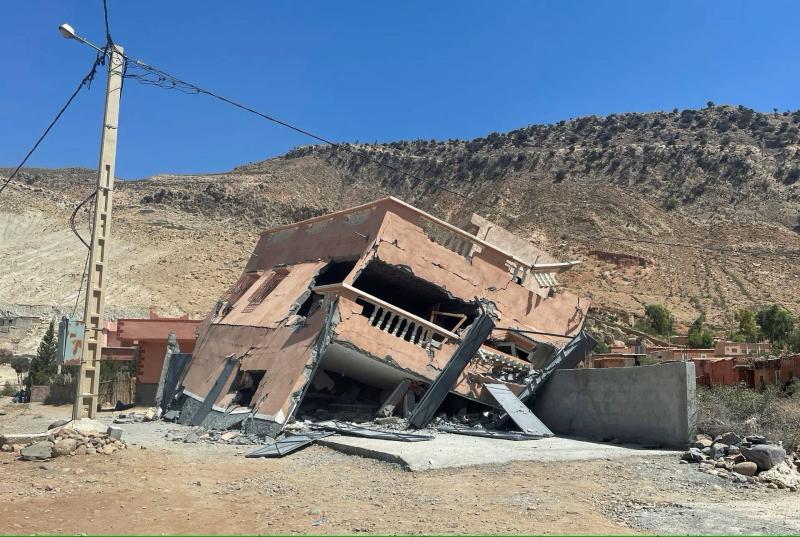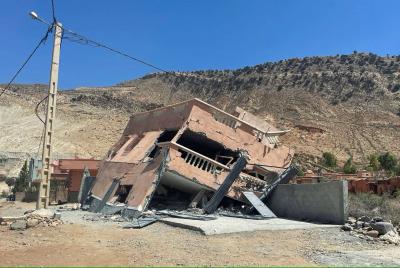Recorded footage has shown mysterious blue flashes of light appearing on the horizon just before the Agadir earthquake. No one has been able to explain the emergence of these lights and whether they are a natural phenomenon preceding such disasters. Interestingly, this light is not new; it was also captured by surveillance cameras prior to the devastating earthquake in Turkey last February, which resulted in over 45,000 casualties.
Reports suggested that the earthquake light is simply a luminous atmospheric phenomenon that appears in the sky at or near tectonic pressure zones, seismic activity, or volcanic eruptions, though there is no consensus regarding the causes of the phenomenon. Another explanation has emerged, indicating that earthquake lights have been reported for thousands of years, traceable back to 89 BC. However, throughout history, scientists had no real understanding of these events, often viewing these strange celestial bodies as extraterrestrial phenomena or something out of science fiction.
In modern times, thanks to technology, these lights have been observed before earthquakes, establishing a connection between them. Typically, these lights appear as floating celestial bodies, although some have reported them resembling cloud-like lines, mostly green in color. Some even suggested they closely resemble lightning. Essentially, these are luminous atmospheric phenomena that can lead to seismic activity or celestial events, according to HTschool.
Moreover, it has been found that earthquake lights do not appear all the time but are only visible around the time and epicenter of the earthquake, which is the area experiencing the most tectonic pressure. According to research involving detailed analysis of 65 earthquake lights conducted by Friedman Freund, an astrophysicist affiliated with NASA's Ames Research Center, these lights form when electrical charges in certain types of rocks (like basalt and gabbro) underneath are activated.
In other words, the surrounding stress causes the disintegration of millions of negatively charged oxygen atoms, leading to their release, which forms clusters and converts them into a charged gas that emits light. It seems as though someone has turned on a battery near the Earth's crust. While this is the most common explanation, another study revealed that significant tectonic pressure near earthquake centers led to what is known as the piezoelectric effect. In this case, quartz-bearing rocks are known to produce strong electric fields when compressed; however, this theory has not gained widespread acceptance.
Notably, the first recorded camera capture of earthquake lights occurred in 1965 during an earthquake in Japan. Since then, they have been observed in other locations, including China in 2008, Italy in 2009, and most recently in Mexico in 2017.




